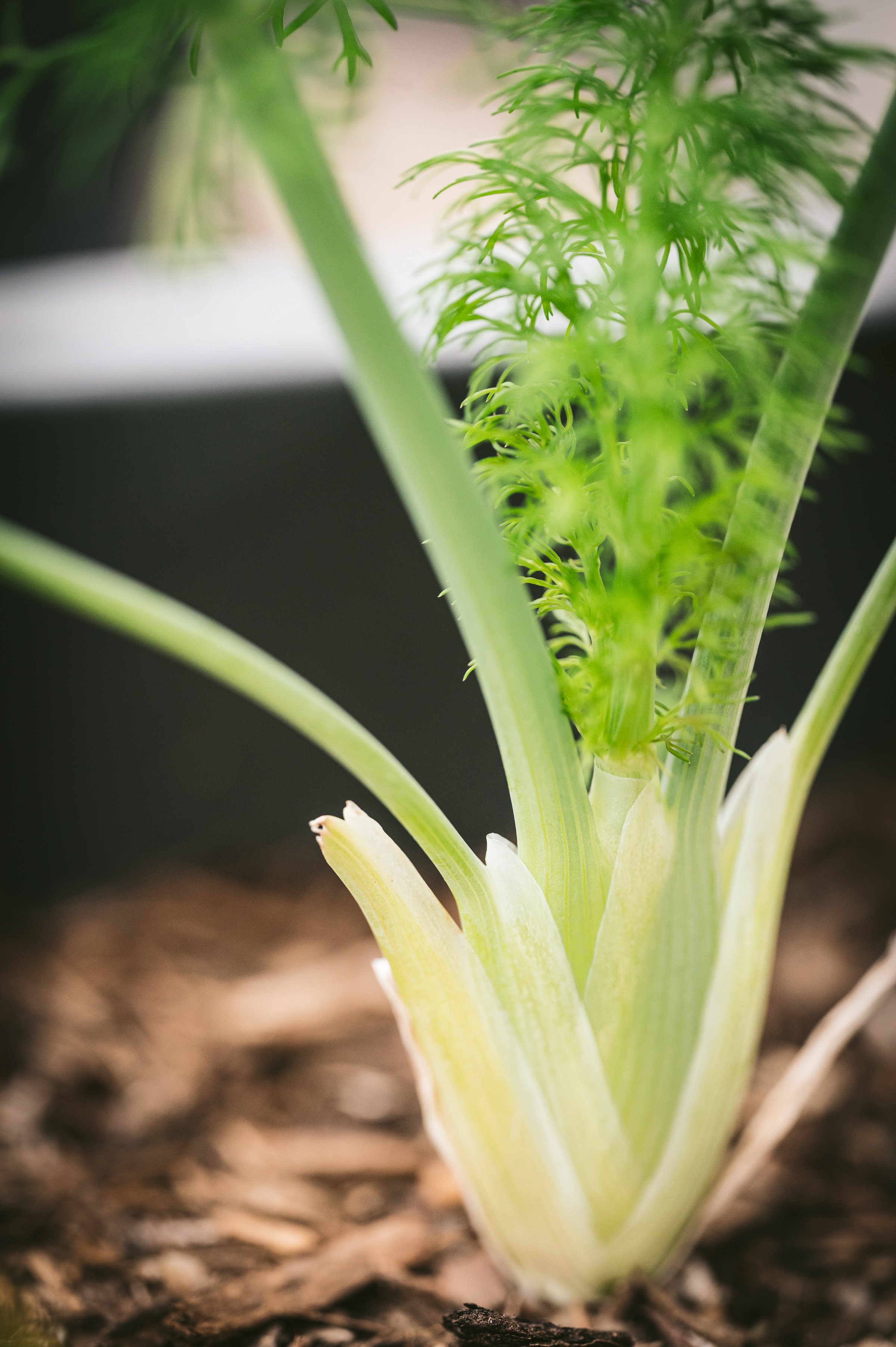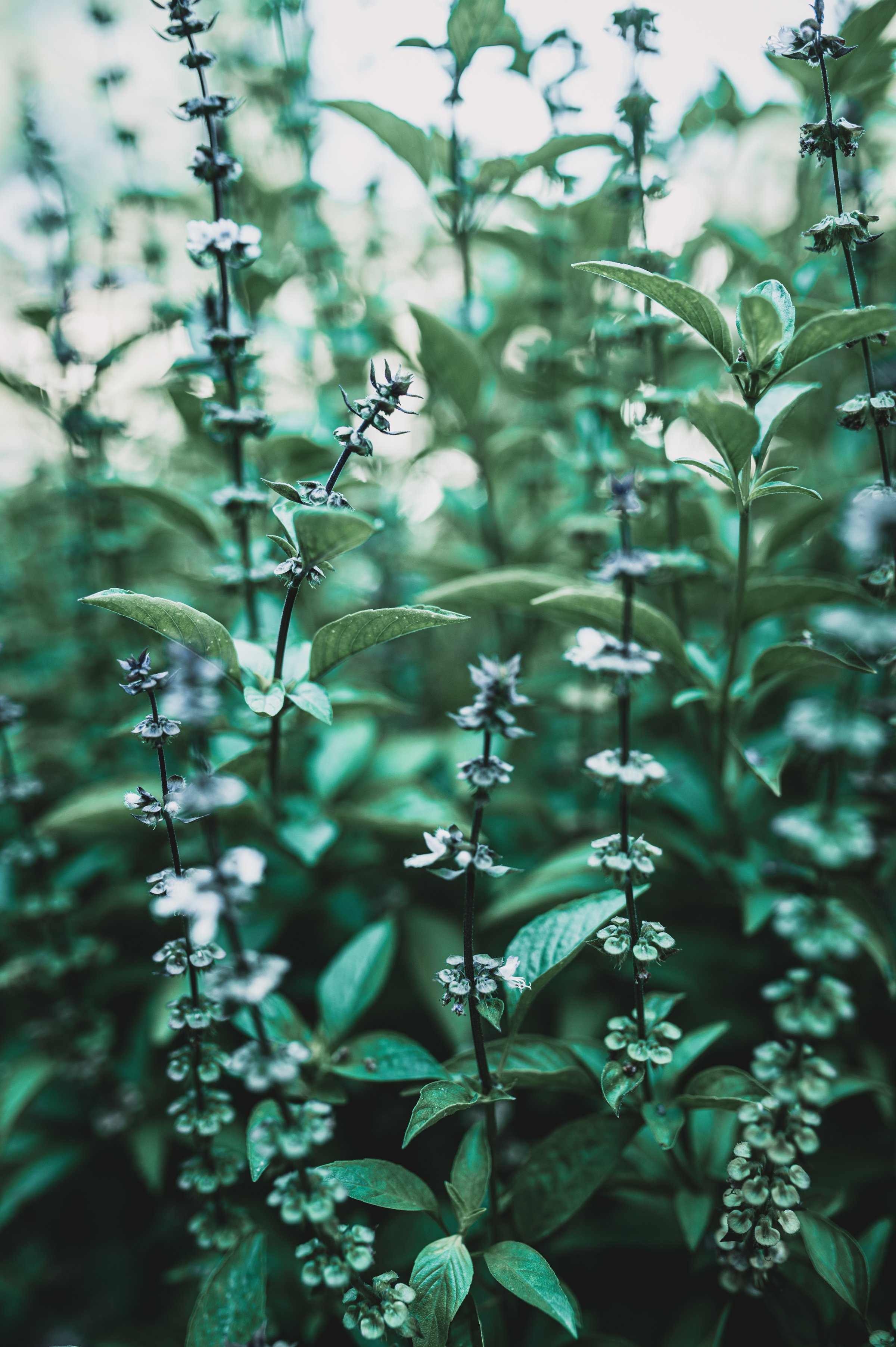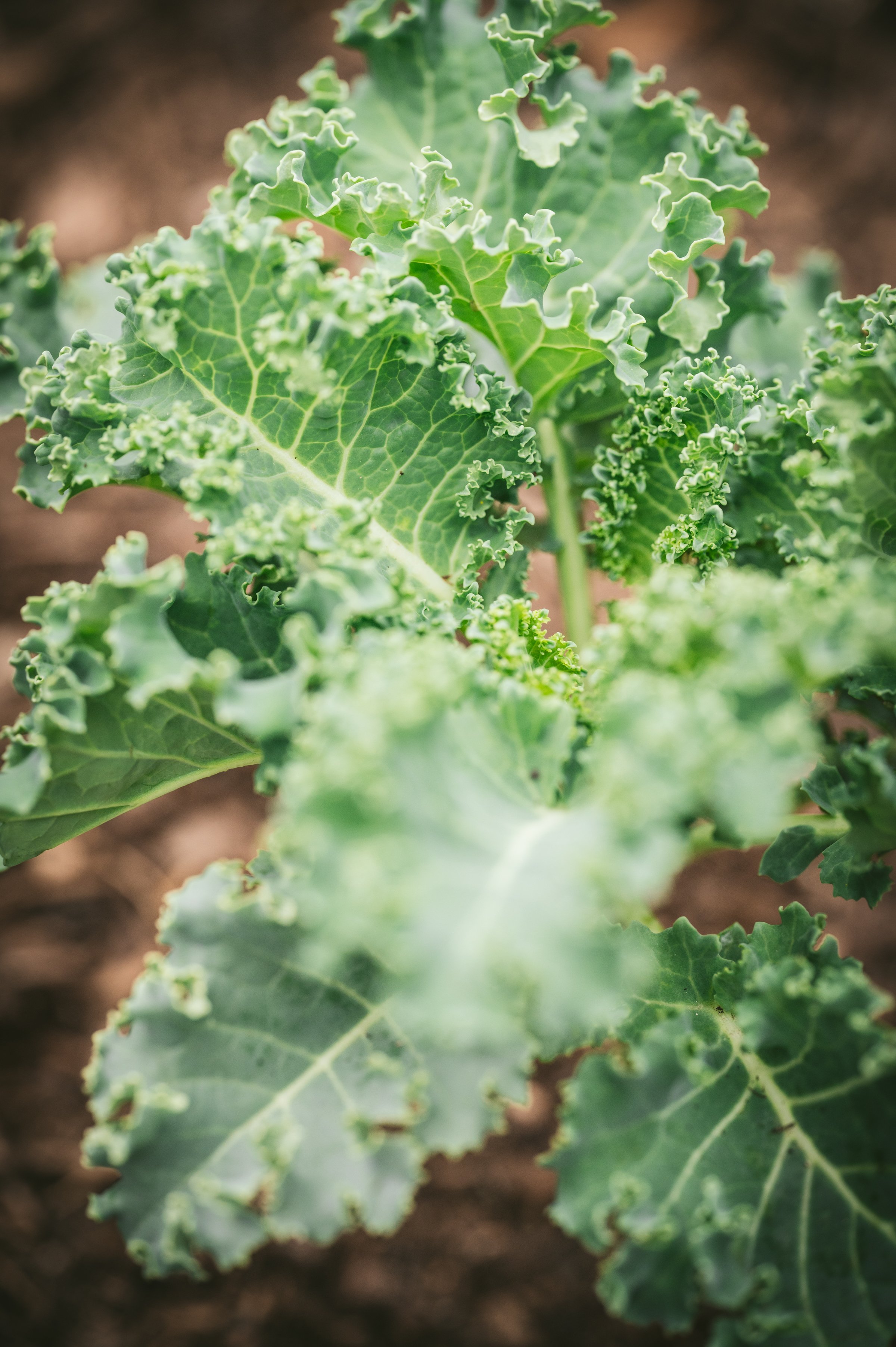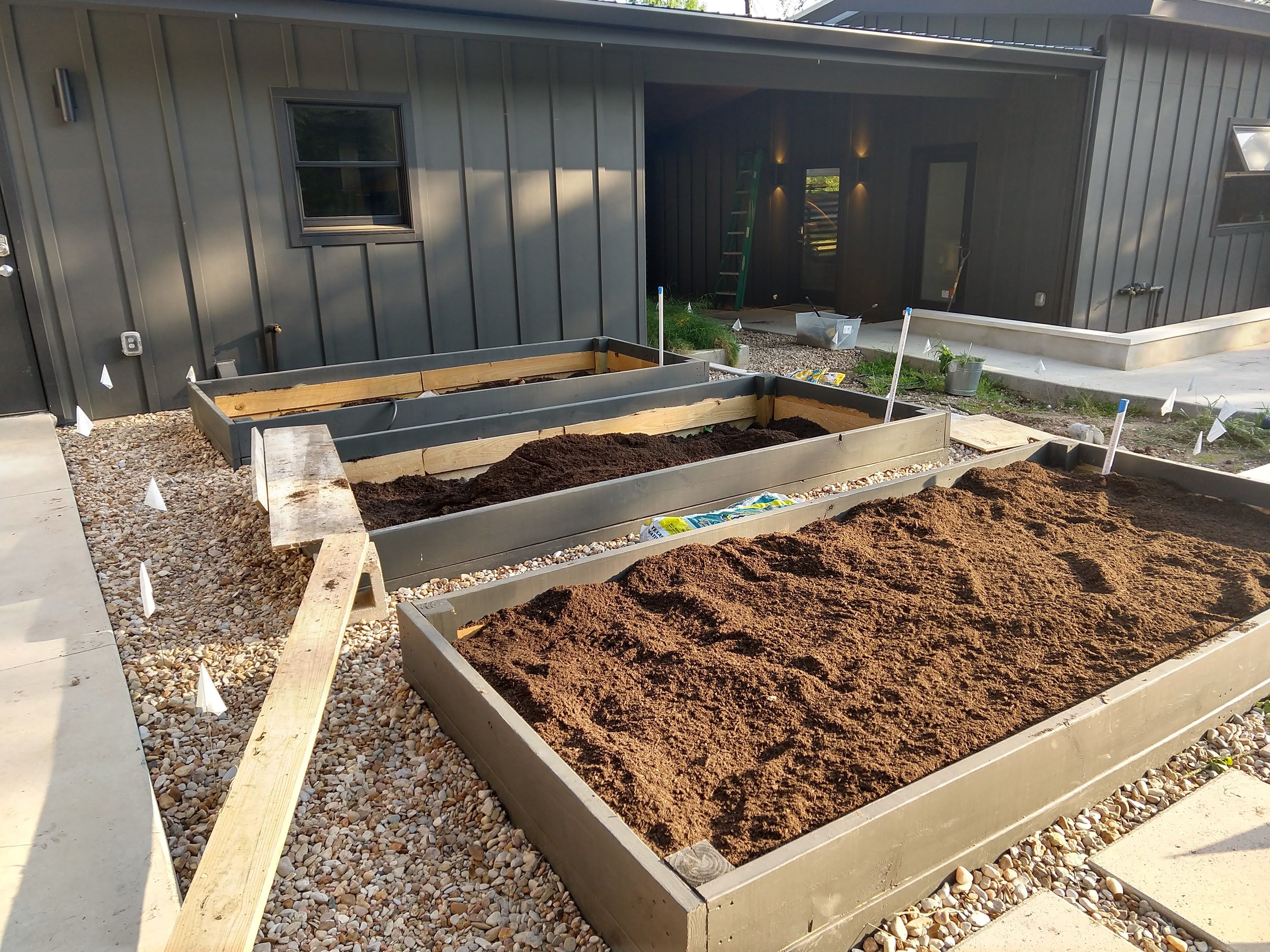Balancing Time and Beauty: Low-Maintenance Raised Bed Strategies for Busy Austin Professionals
This page may contain affiliate links.
Click here to learn more
My appreciation for life's inherent beauty has always guided me, particularly towards painting and photography. This passion ignited further as I encountered numerous garden sites, only to find their imagery lacking the vibrancy and depth gardens inherently possess. It became my goal to reveal the exquisite beauty of gardening, both in its grand landscapes and intricate details.
At The Seed Sage, my mission extends to transforming the garden-to-plate experience into a refined visual journey. Life, with its fleeting moments and the nourishment we derive from the earth, is profoundly precious. It's my ambition to not only recognize this beauty but to also celebrate it in every meal we present. Let's not just eat; let's feast our eyes and nourish our souls with beauty that is as visually appealing as it is nutritious. This little reflection leads me to a topic that many new gardeners struggle with…maintaining a beautiful garden with lack of time.
In the Texas Hill Country the beauty of the landscape meets the bountiful possibilities of your own backyard. For new gardeners starting out creating a vegetable, herb, and companion plant garden in our unique region can seem daunting in your busy lives. However, with the right approach you can cultivate a thriving garden that balances beauty with time efficiency. This guide is designed to help you navigate the art of low-maintenance gardening, specifically tailored for our Hill Country climate and lifestyle.
EMBRACE RAISED BED GARDENING
Raised bed gardening is a perfect fit for the Texas Hill Country. It offers excellent drainage, vital for our variable weather, and provides an ideal environment for vegetable and herb cultivation. By raising your garden off the ground, you'll have better control over soil composition—crucial for nurturing your plants in our diverse terrain. Plus, it makes tending to your garden easier on your back and knees!
SELECTING THE RIGHT PLANTS
Vegetables and Herbs: Focus on plants that are well-suited to our climate and soil. For a start, consider drought-tolerant vegetables like tomatoes, peppers, and okra, which can thrive in our hot summers. Herbs such as rosemary, thyme, and lavender also do well here, requiring minimal water once established and offering delightful flavors and fragrances for your kitchen.
Companion Plants: Integrate companion plants to naturally repel pests and improve plant health. Marigolds, for example, can deter nematodes and other pests, while basil planted near tomatoes can improve their growth and flavor. This practice not only reduces your need for chemical interventions but also increases your garden's yield and beauty.
TIME-SAVING STRATEGIES
Drip Irrigation: Implementing a drip irrigation system is a wise investment, TRUST ME!. It delivers water directly to the roots of your plants, minimizing waste and ensuring deep watering that's essential for healthy growth. With a timer, you can automate this process, making it possible to maintain a lush garden without daily watering chores. Even if all you have is a nearby faucet there are a variety of programmable timers in which you can hook up to a drip irrigation line.
Mulching: Applying a layer of mulch around your plants is a simple yet effective strategy. It conserves soil moisture, reduces weed growth, and adds organic matter to the soil as it breaks down. This means less watering, weeding, and fertilizing for you. My favorite to use in small raised beds is coco coir which can be purchased in block form or loose form. I also use the loose form in my DIY Organic Seedling Mix.
Choose Perennials When Possible: Opting for perennial herbs and vegetables where applicable can significantly reduce your garden maintenance. These plants come back year after year, saving you the time and effort of replanting each season. I also let several plants, like basil, go to seed every year and will have volunteer plants emerge the next. I love seeing what survives and sometimes plan my garden around my emerging companion plants.
designing your garden for beauty and efficiency
When planning your garden layout, consider both the aesthetic appeal and the practicality of maintenance. Arrange your beds with accessibility in mind, ensuring there's enough space between them for easy care. Many of us have terrain on our properties so use the natural contours of the Texas Hill Country to your advantage, creating a visually pleasing arrangement that complements your outdoor space. If you are truly looking for seamless beauty make sure to also match the style of your home.
Incorporate varying heights and colors by strategically placing taller plants like okra at the back of your beds and adding vibrant herbs and flowers in the forefront. This not only creates a visually engaging garden but also supports healthy growth by ensuring each plant receives adequate sunlight and air circulation.
Final Thoughts
Gardening in the Texas Hill Country, especially for beginners, is an exciting journey of discovery and growth. By embracing raised bed gardening, carefully selecting the right mix of vegetables, herbs, and companion plants, and utilizing time-saving techniques, you're well on your way to creating a flourishing, low-maintenance garden that fits your busy lifestyle.
However, every garden and gardener is unique, and sometimes, you need a bit of extra guidance to make your gardening dreams a reality. That's where our Plant Size Garden Cheat Sheet comes in. Designed specifically for new gardeners in Central Texas, this cheat sheet offers invaluable information on plant sizes, spacing, and companion planting to help you maximize your garden's potential while minimizing effort and guesswork.
For those looking for personalized advice and tailored strategies, our Gardening Coaching Services provide one-on-one guidance to help you navigate the specifics of gardening in our region. From soil preparation to plant selection and maintenance, we're here to support you every step of the way.
Don't let uncertainty hold you back from creating the garden of your dreams. With the right tools and support, you'll not only cultivate a beautiful and productive space but also gain the confidence and skills to enjoy gardening for years to come. Visit The Seed Sage now to get your Plant Size Garden Cheat Sheet or to learn more about our coaching services.
Let's grow together in the Texas Hill Country!
The Seed Sage occasionally links to goods or services offered by vendors to help you find the best products to care for plants. Some of these may be affiliate links, meaning we earn a small commission if items are purchased.
As an Amazon Associate, we earn from qualifying purchases. More info on our process here.
SEASONAL, GARDEN-TO-PLATE RECIPES
need more help
WANT THE GARDEN OF YOUR DREAMS?
Let us help you design and your 2022 Kitchen Garden!

















Not sure what to do after planting your potatoes? This guide covers watering, hilling, fertilizing, and everything else to keep your fall crop growing strong in Central Texas.